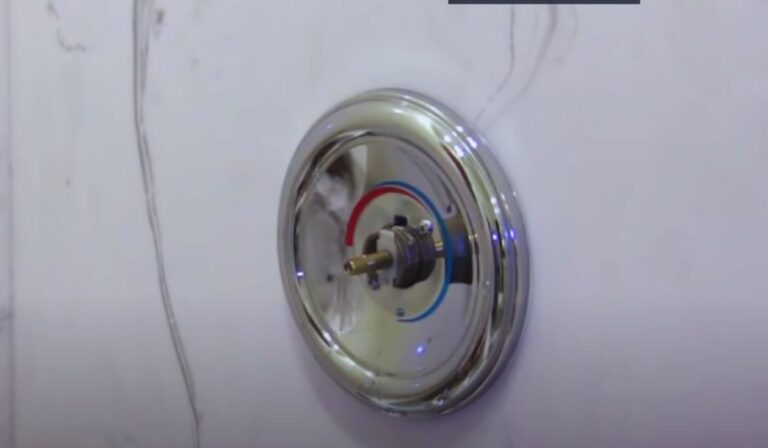When Is the Meteor Shower Peak
You’ll catch a meteor shower peak when Earth moves through the densest part of a comet or asteroid debris stream, usually lasting one or two nights around known peak dates like August 12th for the Perseids or December 13th for the Geminids. Moonlight and weather can affect how many meteors you see, so aim for dark, clear nights with little moon glow. If you want to know how to pick the best night and improve your viewing, keep exploring.
Understanding Meteor Shower Activity
Although meteor showers can seem unpredictable, understanding their activity helps you know when and where to watch. Meteor showers occur when Earth passes through debris left by comets or asteroids. These tiny particles burn up in your atmosphere, creating streaks of light.
You’ll notice that meteor activity isn’t constant; it increases as Earth moves deeper into the debris stream. The peak happens when the density of particles is highest, giving you the best chance to spot meteors.
You should also consider the moon’s phase since a bright moon can wash out fainter meteors. Clear, dark skies away from city lights will improve your viewing experience.
Key Meteor Showers and Their Peak Dates
When you want to catch the most impressive meteor showers, knowing their peak dates is essential. The Perseids, one of the brightest showers, peak around August 12th, offering up to 60 meteors per hour.
The Geminids light up the sky mid-December, usually around the 13th or 14th, with a similar high rate of activity.
In April, the Lyrids peak near the 22nd, though they’re less intense, averaging about 20 meteors per hour.
The Quadrantids burst briefly in early January, around the 3rd or 4th, but can surprise with up to 40 meteors per hour.
Mark these dates on your calendar, so you don’t miss out on nature’s spectacular light show.
How to Predict the Peak Night
Knowing the peak dates of meteor showers gives you a great starting point, but predicting the exact peak night can help you catch the show at its absolute best. Meteor showers often peak over one or two nights, but the highest activity usually happens within a narrow window.
To predict this, monitor recent observations from astronomy groups or websites that track meteor activity in real time. Pay attention to hourly rates reported and look for any sudden increases.
Also, check the shower’s radiant position and its movement through the sky; the peak aligns with when Earth crosses the densest part of the debris stream. By combining these updates with the predicted peak dates, you’ll better know when to plan your stargazing for maximum meteors.
The Role of the Moon in Meteor Visibility
The moon can significantly affect how well you see meteors during a shower. When the moon is bright and full, its light washes out the faint streaks of meteors, making it harder for you to spot them.
On nights close to the new moon, the sky is darker, so meteors appear more vivid and numerous. You’ll notice that even a crescent or half moon can reduce visibility because its brightness competes with meteor trails.
To maximize your viewing experience, check the moon phase before planning your meteor shower outing. If the moon is up and bright during the peak, you might see fewer meteors, but if it’s below the horizon or in a dark phase, you’ll catch the shower at its best.
Ideal Conditions for Meteor Shower Viewing
Although meteor showers can be exciting to watch, you’ll get the best experience by choosing clear, dark skies away from city lights. Light pollution from cities washes out faint meteors, so heading to rural areas or parks far from urban glow is key.
Check the weather forecast and pick a night with no clouds or haze. Dress warmly and bring a comfortable chair or blanket since you’ll be outside for a while.
Avoid looking at your phone or any bright screens to help your eyes adjust to the darkness. Also, give your eyes 20-30 minutes to adapt fully; this improves your ability to spot even the faintest streaks.
Following these tips ensures you catch the meteor shower at its best.
Best Times of Night to Watch Meteor Showers
Once your eyes have adjusted and you’ve found a dark spot, timing becomes key to catching the most meteors. The best viewing typically happens after midnight and before dawn. That’s because Earth faces the direction of its orbit during these hours, increasing the meteor count.
Aim to watch between 2 a.m. and 4 a.m. for peak activity, but don’t hesitate to start earlier if you want to catch the shower building up. Avoid early evening hours, as fewer meteors are visible then.
Also, try to allow at least 30 minutes for your eyes to adapt fully to the darkness. Pick a clear night with minimal moonlight, and you’ll maximize your chances of seeing a spectacular meteor display.
How Light Pollution Affects Meteor Shower Observation
If you want to fully enjoy a meteor shower, you’ll need to consider how light pollution impacts your view. Artificial lights from cities and towns create a bright sky glow that washes out faint meteors, making it harder for you to see them clearly. The more light pollution around you, the fewer shooting stars you’ll notice.
Even streetlights and porch lights near your viewing spot reduce your night vision, limiting your ability to catch subtle streaks. To maximize your experience, choose a location far from urban areas with minimal artificial lighting.
Dark skies allow your eyes to adjust and reveal more meteors during the peak. Remember, the darker the sky, the more spectacular the meteor shower will appear to you.
Tips for Photographing Meteor Showers
When you want to capture meteor showers on camera, preparation is key to getting stunning shots. First, choose a camera with manual settings and use a wide-angle lens to capture more of the sky. Set your ISO between 800 and 1600 to balance sensitivity and noise.
Use a tripod to keep your camera steady during long exposures. Set your focus to infinity to keep stars sharp. Use a remote shutter or timer to avoid camera shake.
Aim for exposure times between 10 and 30 seconds, adjusting as needed based on brightness and sky conditions. Dress warmly and bring extra batteries, since long exposures drain power.
Find a dark spot away from city lights, and be patient—capturing meteors takes time and persistence.
Using Apps and Tools to Track Meteor Shower Peaks
Although meteor showers can be enjoyed with the naked eye, using apps and tools makes tracking their peaks much easier and more accurate. You can download apps like Star Walk, Sky Guide, or Stellarium, which provide real-time sky maps and alert you when meteor activity is at its highest.
These tools show the radiant point and the best times to look up. Additionally, websites like the International Meteor Organization offer detailed peak forecasts and viewing tips.
Frequently Asked Questions
What Causes Meteors to Burn up in the Atmosphere?
Meteors burn up because you’re entering Earth’s atmosphere at high speed, causing friction with air particles. This friction heats the meteoroid, making it glow brightly and disintegrate before it can reach the ground.
Are Meteor Showers Dangerous to People on the Ground?
Meteor showers aren’t dangerous to you on the ground because meteors burn up in the atmosphere before reaching Earth. You can safely enjoy the spectacular light show without worrying about any harm coming your way.
Can Meteor Showers Affect Satellite Operations or Space Travel?
Yes, meteor showers can disrupt satellite operations and space travel by increasing debris and particle collisions. You’ll need to monitor space weather forecasts closely and adjust satellite orbits or space missions to stay safe during intense showers.
How Do Meteor Showers Get Their Names?
Meteor showers get their names from the constellation or nearby star where their meteors appear to originate. You’ll usually hear names like Perseids or Leonids, reflecting the radiant point’s location in the sky.
Do Meteor Showers Have Any Cultural or Historical Significance?
Yes, meteor showers hold cultural significance worldwide. You’ll find ancient myths, rituals, and celebrations tied to them. They’ve inspired stories and marked important events, making you appreciate the sky’s beauty and humanity’s shared history.
Conclusion
Now that you know when meteor showers peak, you’re ready to catch the best show in the sky. Keep an eye on key dates, watch the moon’s phase, and find a dark spot away from city lights for the clearest view. Use apps to track peak nights and bring your camera if you want to capture the magic. With the right timing and conditions, you won’t miss a single shooting star!



